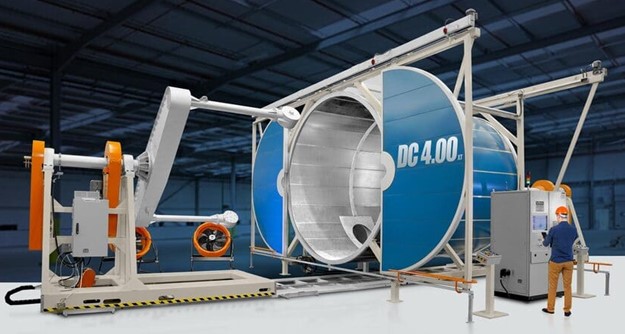Exploring the Growing Demand for Rotational Molding in Manufacturing
Exploring the Growing Demand for Rotational Molding in Manufacturing
Blog Article
Rotational molding, also referred to as "rotomolding," is a innovative manufacturing process that is used for creating hollow plastic items. For everything from storage tanks and playground equipment to this technique combines simplicity with sophistication, offering unparalleled design flexibility. What is the science behind what is what makes Plastics Rotomolding so effective?

The Process at a Glance
Rotational molding starts with a mold that is loaded with powdered plastic material. This mold is heated, then rotated simultaneously across two axes perpendicular to each other inside an oven. This constant rotation ensures that the molten plastic is evenly coated on the inside of the mold. After that, the mold is cooled, solidifying this plastic to form a seamless, hollow structure.
The absence of pressure from outside is the most important feature of this method, ensuring that the plastic is able to settle and spreads uniformly without stress. This is an important distinction from other molding methods such as injection or blow molding.
Why is Rotational Molding Efficient?
The theory behind rotational molding is built on heat transfer and polymer behavior. During the heating phase the powder melts and bonds to the mold while it spins in gradual, controlled rotations. This guarantees the same thickness of the wall and eliminates the chance of weak spots.
Cooling also plays a crucial part in the overall process. In order to maintain a steady flow of air as well as water flow, companies can avoid shrinkage or warping, and make sure that the final product retains its shape and structural quality.
According to statistics, rotational molding is able to produce components with as high as 99percent material efficiency, reducing waste and making it an environmentally friendly option. In addition, the process provides an unbeatable versatility that allows for the creation of huge and intricate designs, without sacrificing quality.
Applications That Showcase Its Potential
The rotational molding process is suited to a variety of industries due to its adaptability. It doesn't matter if you need sturdy outdoor furniture or tough industrial containers, this technique offers both cost-effectiveness and functionality. The technique also supports multi-layered designs, allowing manufacturers to mix different materials to enhance properties like UV resistance or thermal insulation.

Rotational molding is a testament to the way that material science and engineering come together to create our future. Its ability to streamline manufacturing while ensuring high precision it's not surprising that this technique is gaining popularity in manufacturing discussions. Report this page